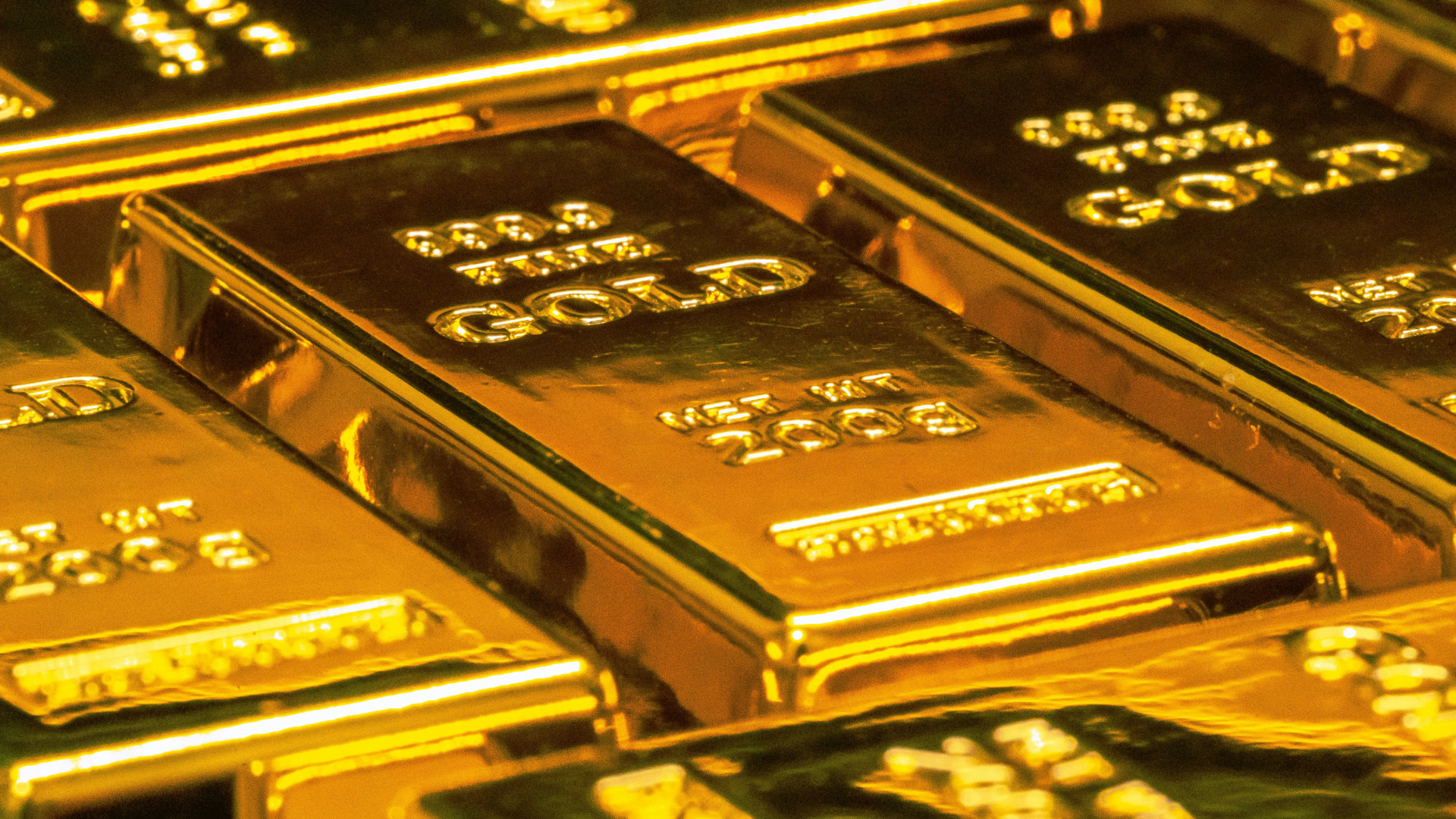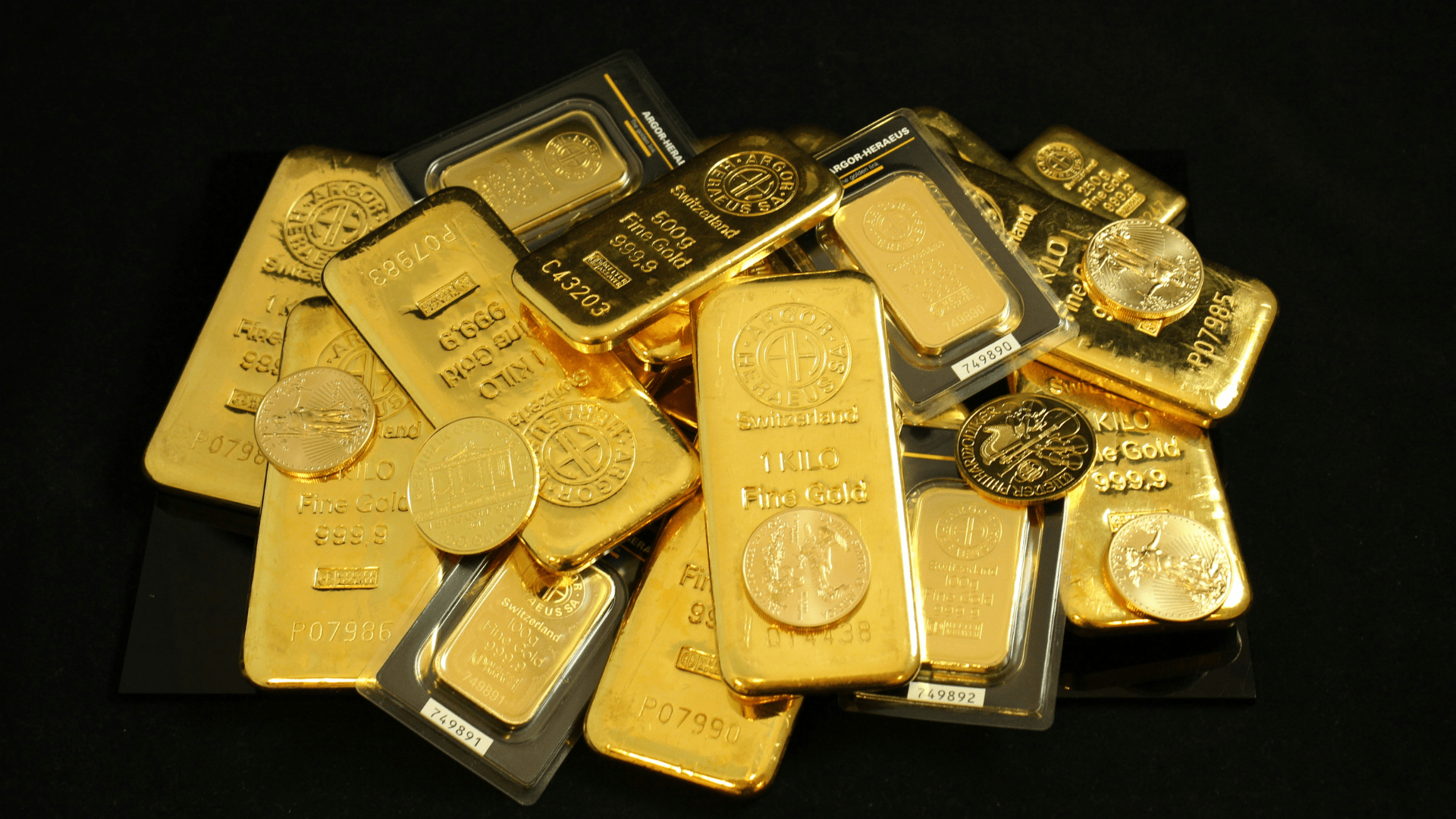
Gold, coveted for its beauty and intrinsic value, has been an enduring symbol of wealth and status across civilizations for millennia. Beyond its ornamental use, its historical stability and unique properties have made gold a traditional investment, particularly in economic or political uncertainty.
This article will explore gold’s significance as an investment, analyze its future movements, and provide insights for informed investment decisions.
The financial landscape is dynamic and ever-changing. Analyzing gold’s potential trajectory is essential for investors seeking diversification and a possible hedge against market volatility. To understand gold’s significance in the current market, it is crucial to examine its historical performance.
Gold prices have fluctuated throughout history, yet the precious metal has often maintained its value during turbulent economic periods. For instance, during the financial crisis of 2008 and the following years, gold prices experienced significant gains as investors sought safe-haven assets.
Gold’s resilience during market downturns stems from its traditional perception as a store of value and a hedge against instability. This track record underscores the value of analyzing gold’s historical performance when considering its potential in today’s markets.
Understanding the factors influencing gold’s historical performance can provide valuable insights for investors. Economic indicators, such as inflation rates, interest rates, and currency movements, can impact gold prices significantly. Geopolitical tensions, trade disputes, and global economic uncertainties also play a crucial role in shaping investor sentiment towards gold.
Investors can make informed decisions about incorporating gold into their investment portfolios by closely monitoring these factors and their potential impact on gold prices. Whether as a long-term asset allocation strategy or a short-term hedge against market volatility, gold’s historical resilience and unique properties make it a compelling option for investors seeking to diversify their holdings and mitigate risk in today’s dynamic financial landscape.
The current gold market presents a complex picture influenced by diverse factors. Recent price movements suggest a dynamic and volatile environment. Here’s a brief overview of the current trends:
These trends reflect the complex interplay between economic policies, geopolitical tensions, and market expectations that continue to shape the gold market’s trajectory into 2024.
Several elements are currently shaping gold prices. Central bank policies regarding interest rates play a major role, as higher interest rates discourage gold investment. Additionally, inflation rates significantly impact gold, often as a hedge against rising living costs. Geopolitical events, usually creating uncertainty and volatility, can drive investors toward safe-haven assets like gold.
Understanding the interplay of these factors is crucial for investors seeking to capitalize on potential market movements. Staying updated on the evolving financial landscape is essential to making informed gold investment decisions.

Gold holds a unique relationship with other financial assets. While it can exhibit some correlation with the stock market, it often moves inversely during economic downturns. This inverse relationship highlights gold’s risk diversification potential in a broader investment portfolio.
Gold stands out as a hedge against inflation and currency devaluation. When fiat currencies lose purchasing power, gold, priced in those currencies, tends to appreciate. Investors may turn to gold to preserve wealth when traditional paper currencies face instability.
The general outlook from expert consensus on gold for the coming years is quite optimistic. Analysts predict that gold prices will continue upward, potentially reaching $2,300 per ounce in 2024. This surge is expected to be driven by a combination of factors, including economic uncertainties, geopolitical tensions, and changes in monetary policies234.
Experts also believe that the anticipated interest rate cuts by the Federal Reserve and cooling inflation will be key drivers behind this bullish forecast. Moreover, gold’s role as a safe-haven asset during market instability and its low correlation with other asset classes are expected to maintain its appeal among investors5.
However, experts also caution as the market shows signs of volatility and potential speculative risks. Investors are encouraged to watch global economic indicators and geopolitical events that could influence gold prices in the short and medium term.
Central banks are pivotal in shaping the global economic environment and significantly influence gold prices. Monetary policies, especially decisions regarding interest rates, directly impact gold’s appeal as an investment. Anticipated interest rate cuts by central banks could make gold a more attractive option, potentially leading to price increases.
Understanding the potential impact of central bank actions is crucial for investors seeking to anticipate gold market movements. Economic policy shifts can trigger significant fluctuations in gold prices, offering both opportunity and risk.
Geopolitical tensions and crises profoundly impact global markets, including gold. Gold is often viewed as a safe-haven asset, and its price tends to rise during political instability, economic turmoil, or international conflicts. Investors seek to protect their wealth by moving assets into more stable holdings during uncertain times.
Monitoring geopolitical developments is essential for gauging potential gold price movements. Increased regional or global tensions could lead to higher gold prices as demand for the precious metal increases.
Market analysis and future predictions allow investors to consider various strategies for incorporating gold into their portfolios. Diversification is a cornerstone of prudent investment planning, and gold can act as a hedge against broader market volatility—gold allocation within a portfolio hinges on individual risk tolerance and long-term financial goals.
Investors have several options when it comes to investing in gold. These include purchasing physical gold (bars, coins), investing in gold-backed Exchange-Traded Funds (ETFs), buying stocks of gold mining companies, or exploring gold futures and options for the more sophisticated investor. Each investment vehicle carries its advantages, risks, and associated costs.
Careful research and consideration of individual investment objectives are essential before deciding on gold investments. Consulting with a financial advisor can benefit those seeking personalized guidance and customized strategies for integrating gold into their portfolio.
Gold has played a historically significant role as a traditional investment asset. Its ability to act as a hedge against inflation, currency instability, and market volatility makes it a compelling choice for risk diversification within a portfolio.
The precious metal’s unique properties and resilience during times of uncertainty suggest it has a continuing role in modern financial markets. As investors navigate an ever-evolving landscape, gold offers a potential hedge and a means to preserve wealth for the long term.